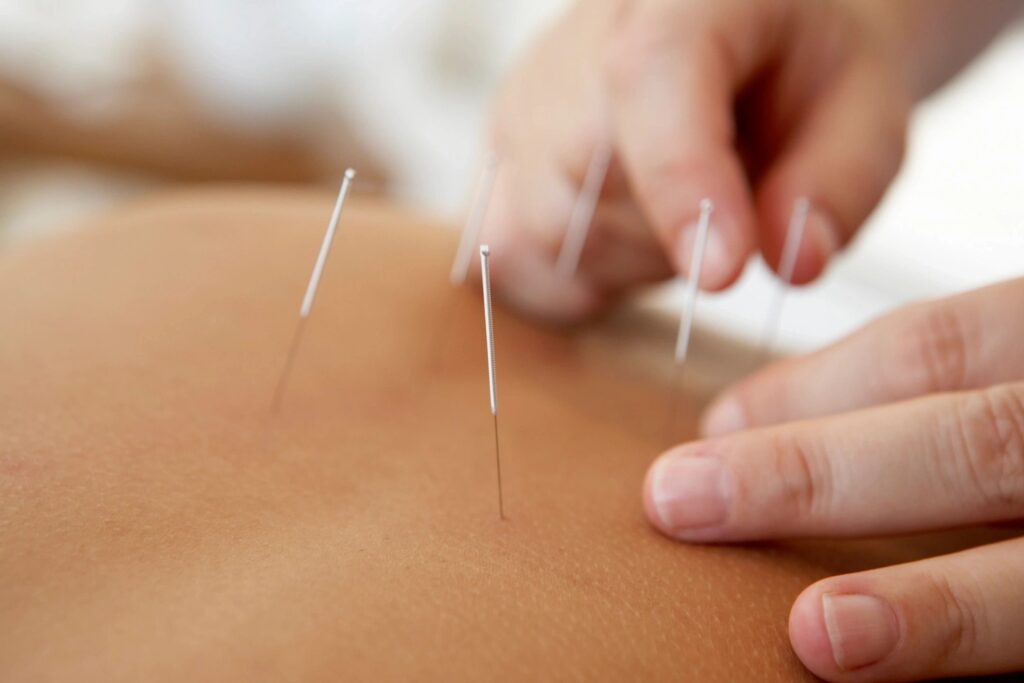
Dry needling is a therapeutic technique that involves inserting thin needles into specific trigger points in the muscles to treat a variety of musculoskeletal conditions, such as muscle spasms, chronic pain, and sports injuries. Dry needling focuses on targeting the trigger points directly to release tension and promote healing. By stimulating these trigger points, dry needling can help reduce pain, improve range of motion, and restore normal muscle function, providing patients with a non-invasive and effective treatment option.
What is Dry Needling?
Dry needling is very closely related to acupuncture, but distinctly different. The difference between the two is that dry needling uses “ahshi” points and needles trigger point areas as well as painful areas. Acupuncture is a combination of “ahshi” needling and other adjacent and distant points.
How Does Dry Needling Work?
The needles stimulate a point on the skin, allowing the Qi to flow through the meridians. For the body to have a healthy body and mind, the Qi has to be flow freeing and balanced, which is what the needles do. The needles allow the Qi to flow to areas where it might be deficient.
What Conditions is Dry Needling Used For?
Dry needling is used for a wide range of conditions, including:
- Neck Pain
- Shoulder Pain
- Tennis Elbow
- Frozen Shoulder
- Carpal Tunnel
- Back pain
- Foot Pain
- Knee Pain
- Common Cold
- Insomnia
- Headache
- Menstrual Pain
- Nausea
- Diarrhea
- Emotional Distributions
How Many Treatments of Dry Needling Do I Need?
This varies depending on the patient, the cause of the problem, and the patients constitution.
Does Dry Needling Hurt?
At the time of insertion of needle you may feel a soreness or a pinch. However, this usually goes away. On some points, you may feel an electrical sensation around the needle which is the Qi flowing energy. Any discomfort after the treatment should only be temporary. Relaxation and balance are also felt during the treatment.

You must be logged in to post a comment.